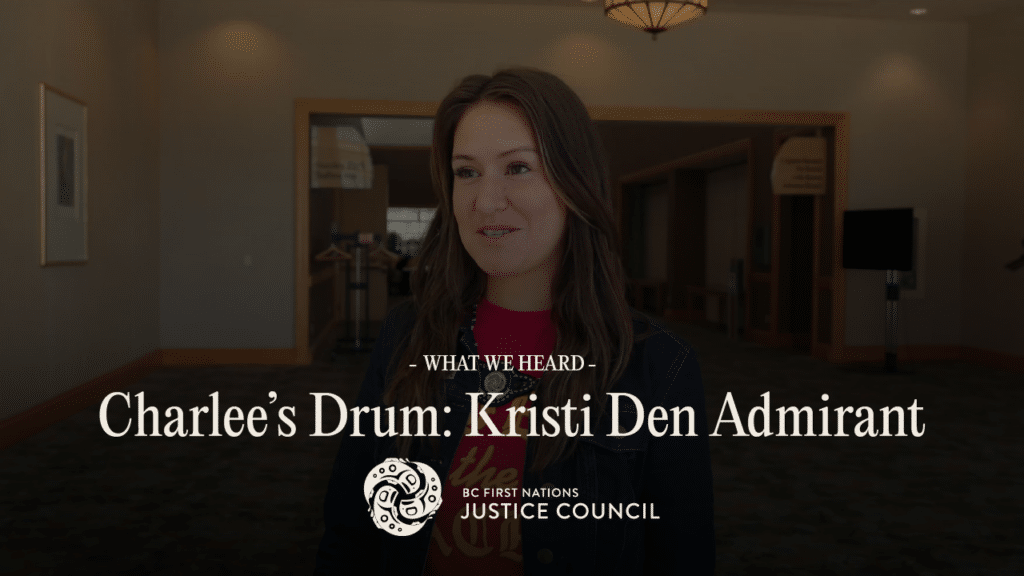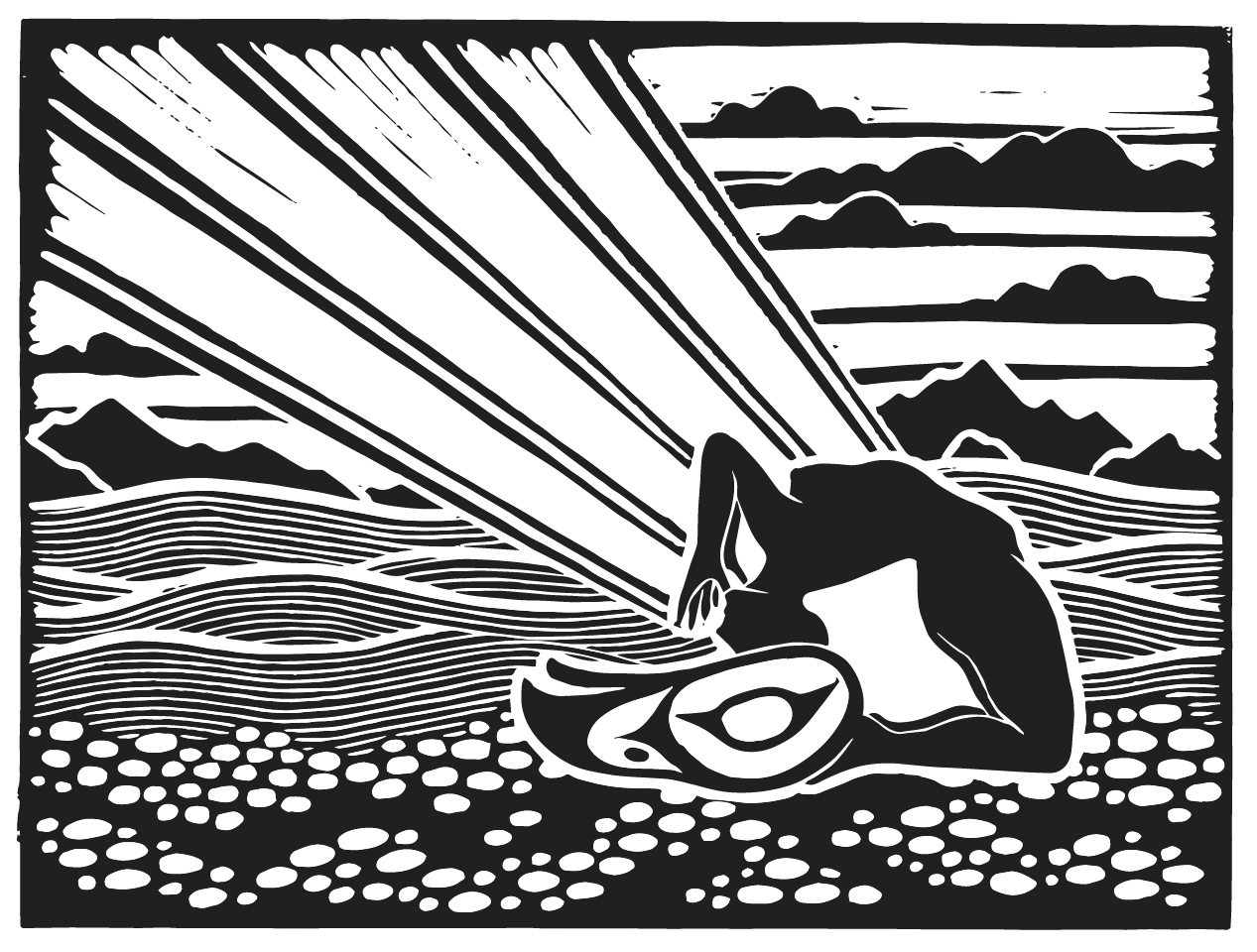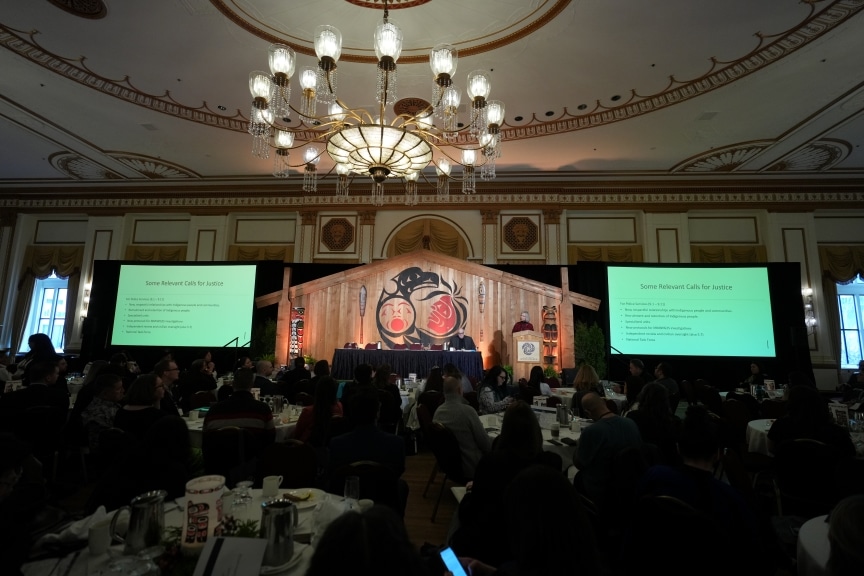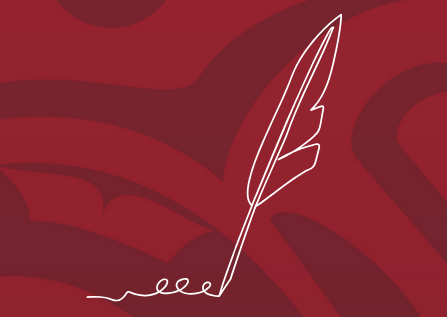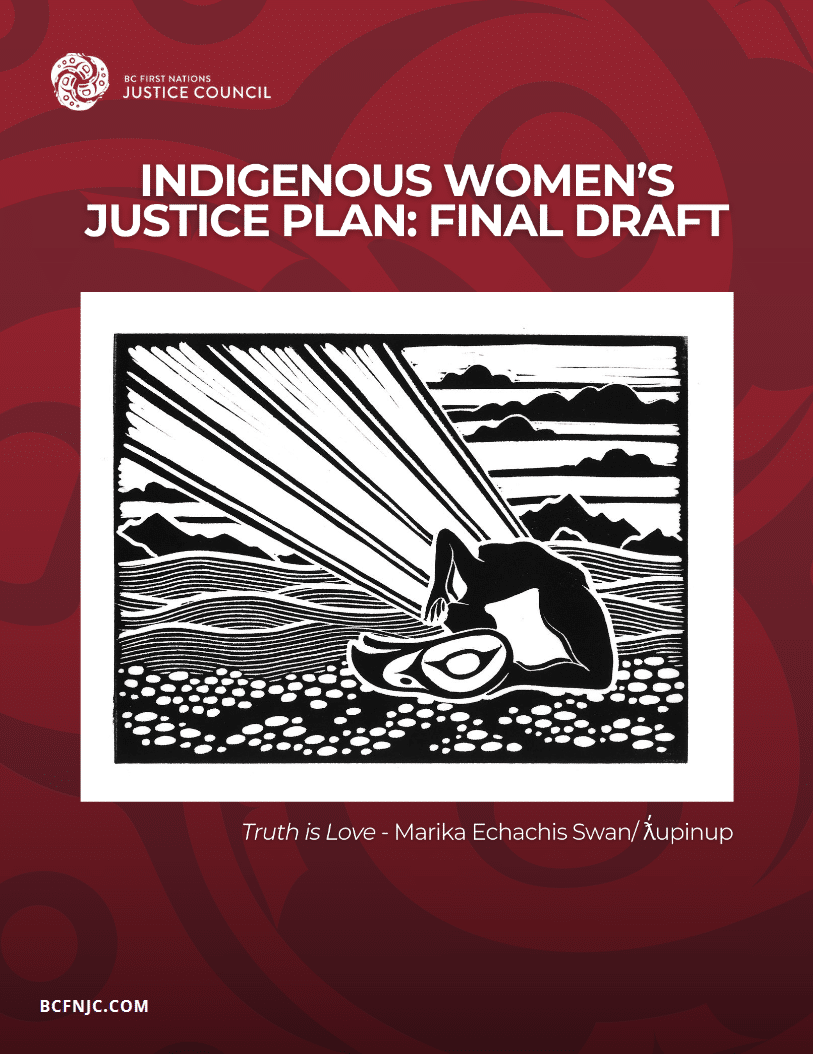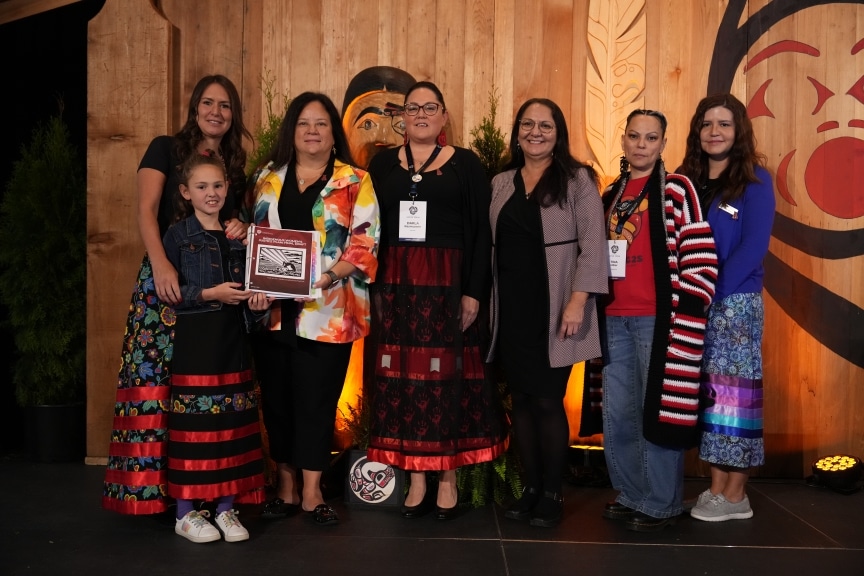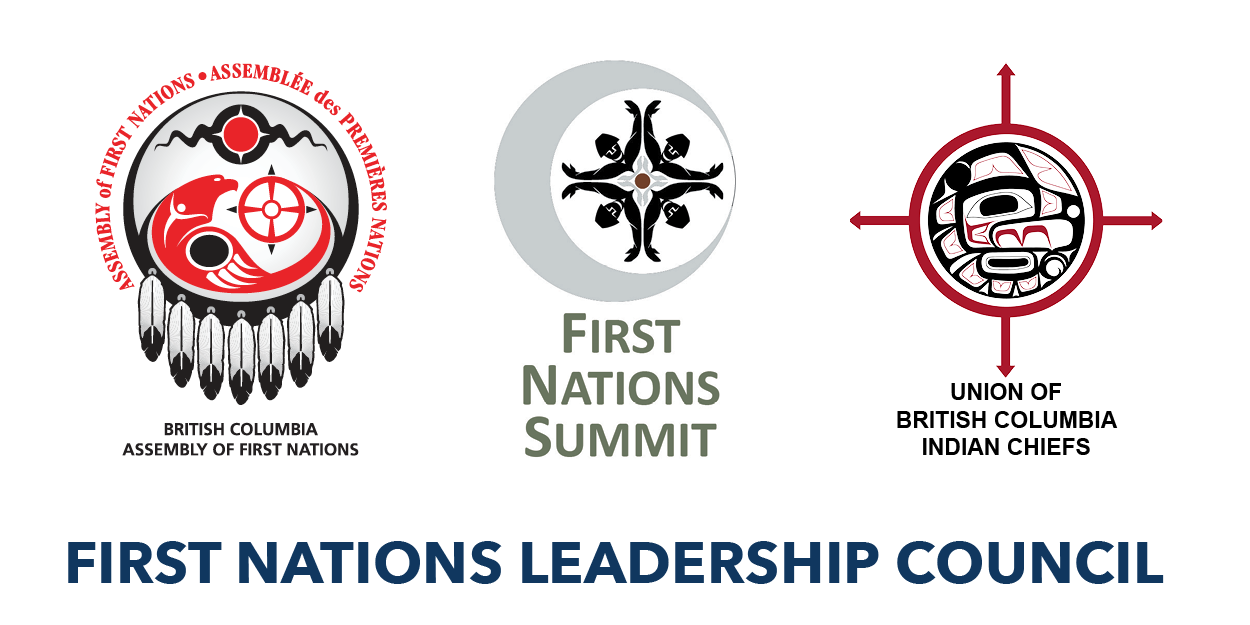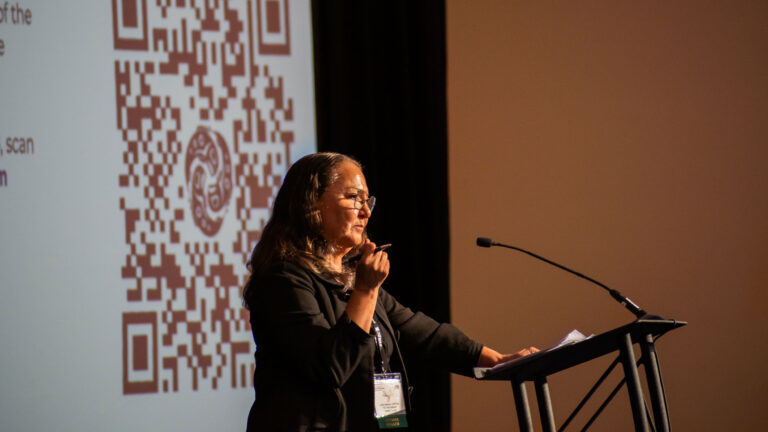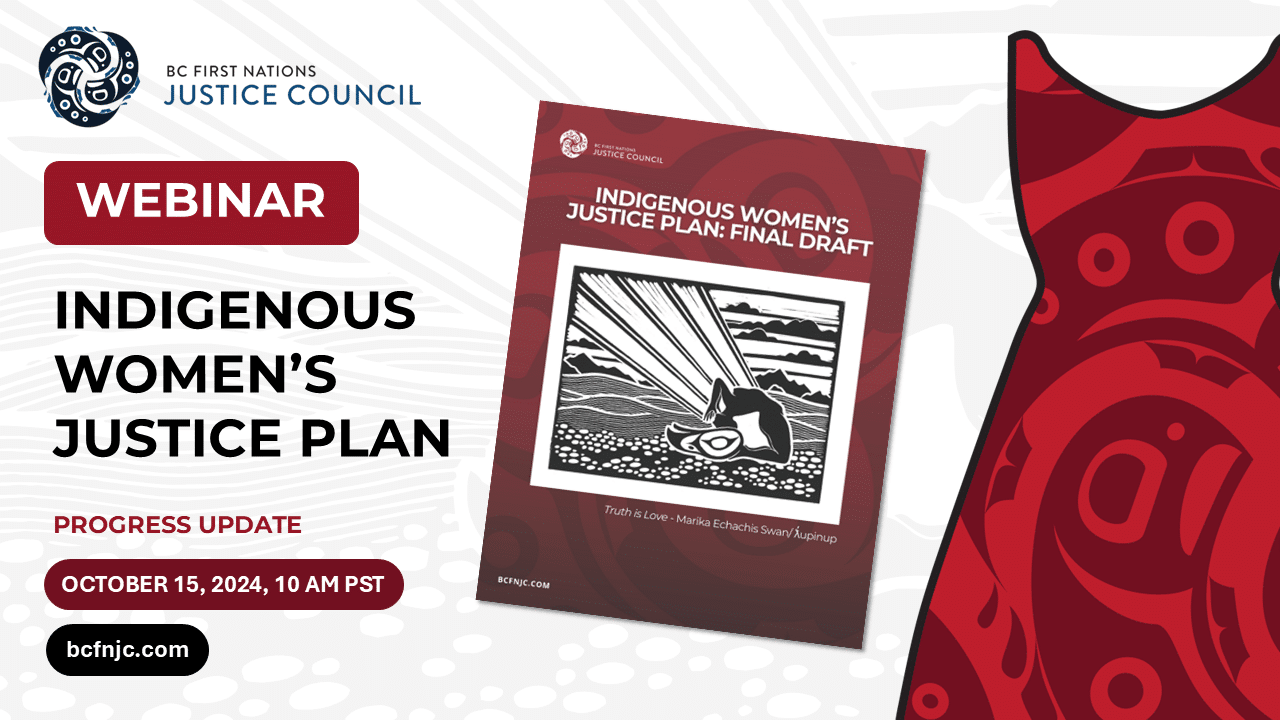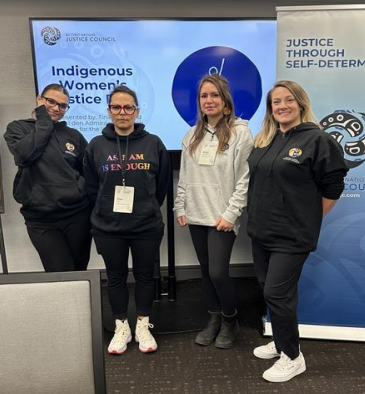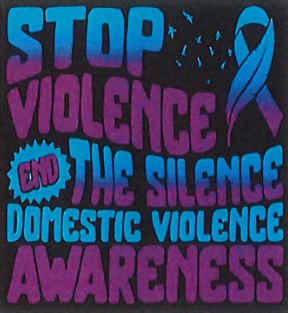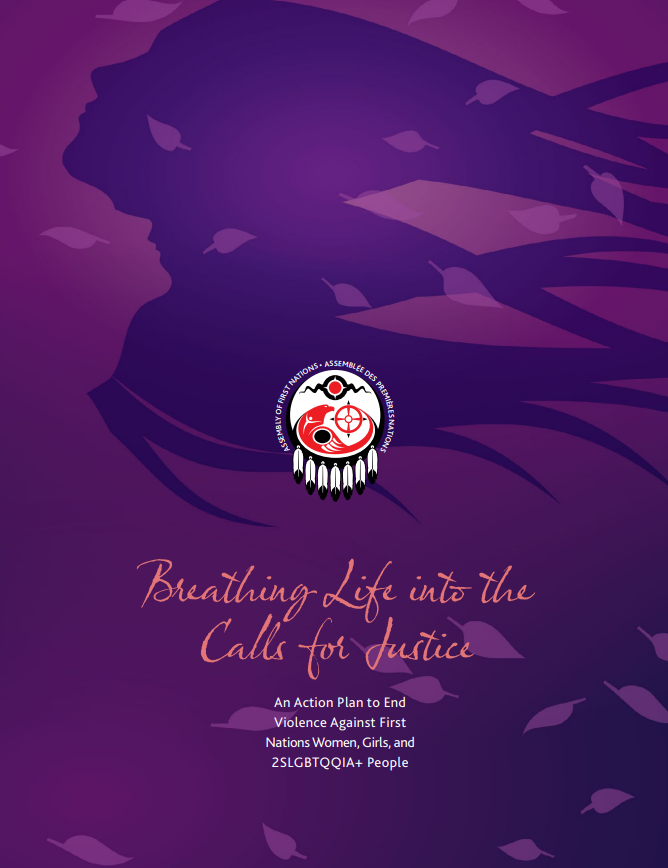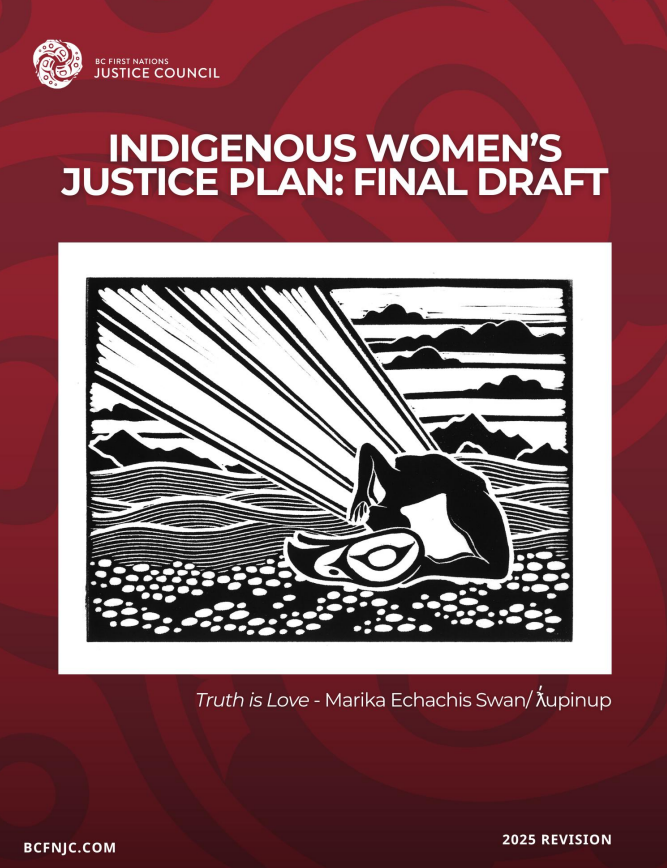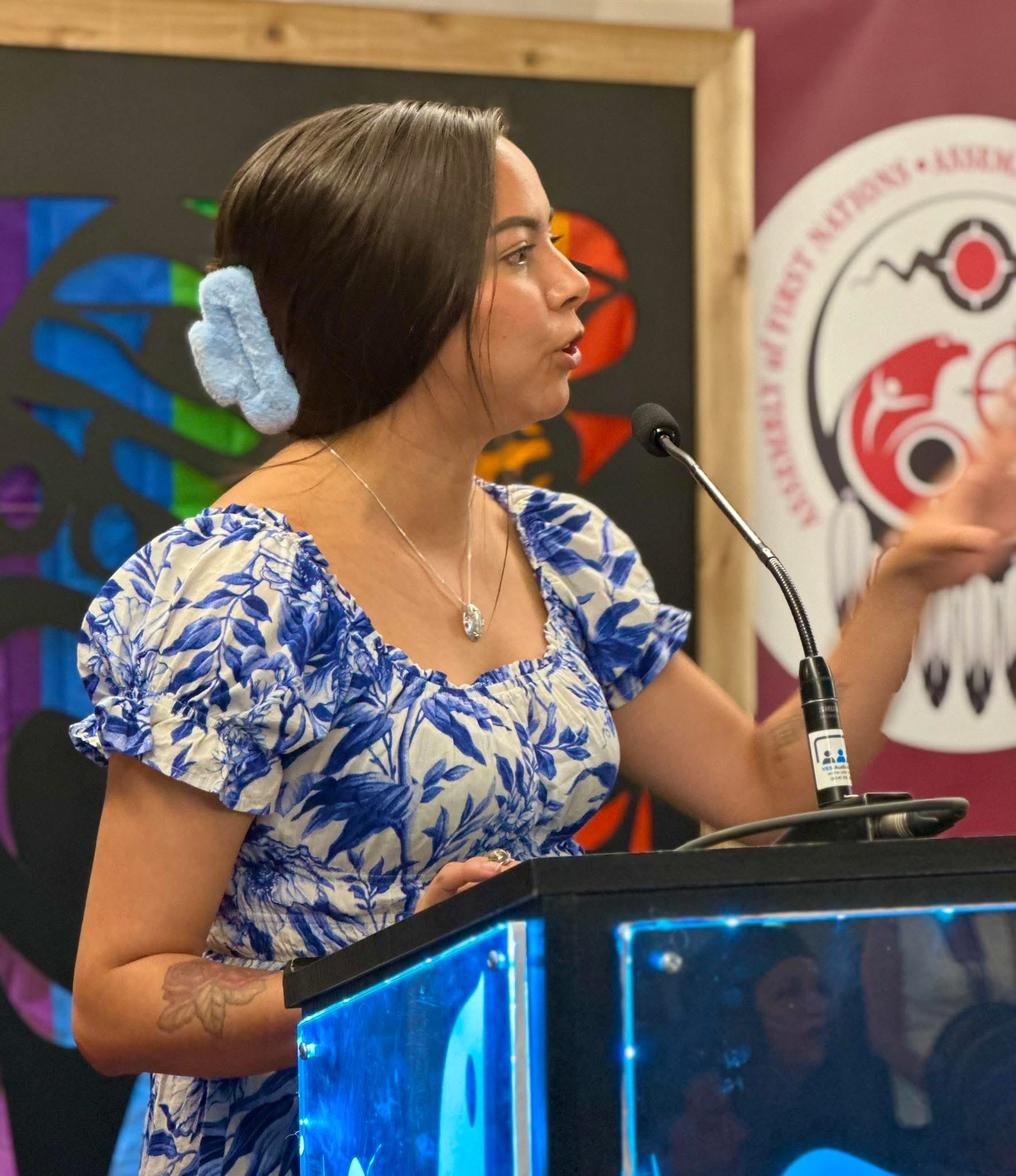The Challenge
Overrepresented as victims of crime and over-incarcerated in Canada’s prison system, Indigenous women and girls have, since colonization, experienced the overwhelmingly destructive and harmful impacts of the criminal justice system. As the ongoing Missing and Murdered Indigenous Women, Girls and 2 Spirit (2s+) People (MMIWG2S+) Crisis highlights, Indigenous Women, Girls and 2 Spirit (2s+) People continue to be murdered and go missing – their lives deemed less worthy of care, compassion, and the pursuit of justice.
Today, the criminal justice system continues to imperil the safety, wellbeing, and dignity of Indigenous Women, Girls and 2 Spirit (2s+) People by reinforcing and upholding colonial practices and policies, such as:
- biased policing and under-policing;
- racial profiling and stereotyping;
- inconsistent application of Gladue Principles;
- focus on charging and jailing, rather than on social, health, financial, and community-based supports; and
- lack of culturally appropriate programming and supports for survivors of different forms of violence, including intimate partner violence and gender-based violence.
The Solution:
Through Strategy 11, BCFNJC will work with First Nations and Indigenous groups across BC to develop and implement an Indigenous Women, Girls and 2 Spirit (2s+) People Justice Plan that will respond to the 231 Calls for Justice and other key reports and recommendations. Coming up with solutions to ongoing discriminatory policies and practices in the justice system, the plan will support better outcomes for Indigenous Women, Girls and 2 Spirit (2s+) People in all areas of justice, from policing and corrections to legal aid and crisis response.
An Indigenous Women, Girls and 2 Spirit (2s+) People Justice Plan is needed to address many inequities in the justice system, including the over-incarceration of Indigenous women – according to the 2022-2023 Annual Report of the Office of the Correctional Investigator, Indigenous women account for 50% of the total federal female inmate population despite only representing 4% of women in Canada

